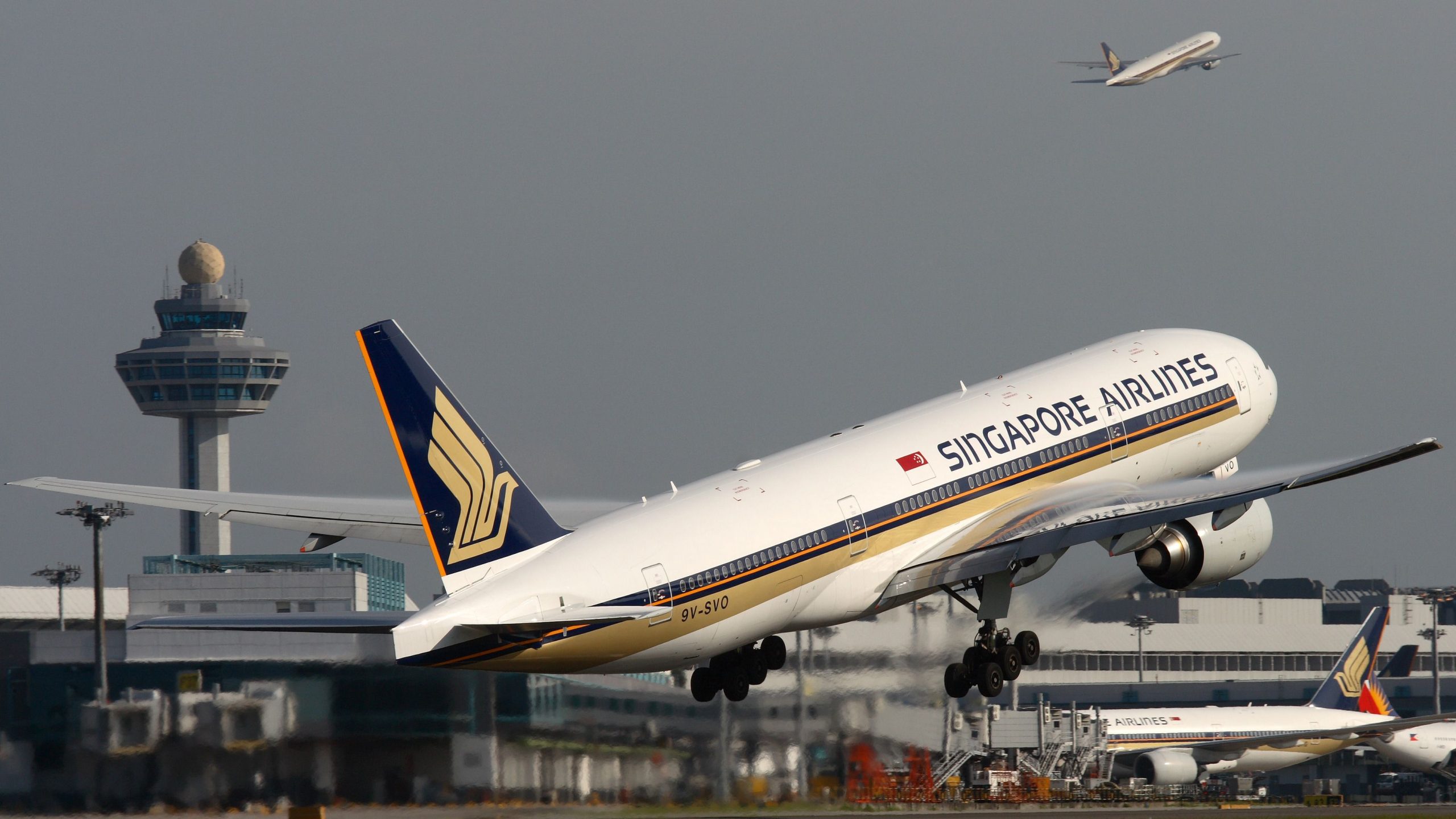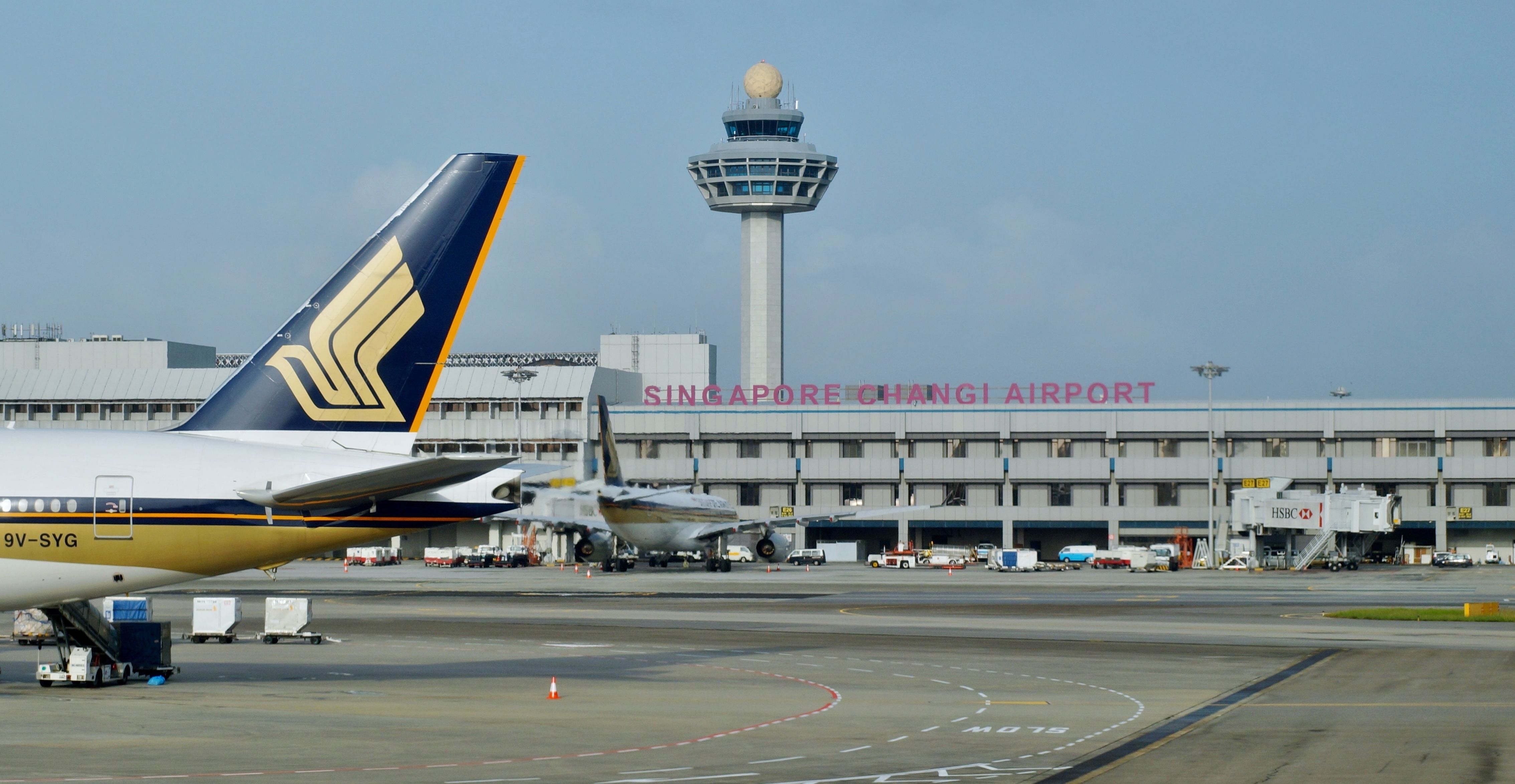Summary
- Singapore Changi Airport plans to implement advanced biometrics next year, eliminating the need for passengers to present their passports when departing.
- Using biometrics will create a single authentication token that can be used at various touchpoints throughout the airport, reducing the need to repeatedly present travel documents.
- The introduction of automated, passport-free immigration clearance is part of Singapore’s efforts to future-proof the busy airport and manage the expected increase in traveler volume.
One of the world’s busiest and most popular airports is looking to eliminate the need for passengers to present their passports before departure. A new measure in the works at Singapore Changi Airport will allow passengers to forgo presenting their passports to a border control agent by using advanced biometrics.
How will it work?
According to Josephine Teo, Minister for Communications and Information & Second Minister for Home Affairs, the plan is to introduce the technology early next year in a move to ease the workload of immigration officers and future-proof the busy airport. The scheme only applies to departing passengers, and it will work by using biometrics to create a single token of authentication that will be employed at various automated touchpoints across the airport.
This will help to reduce the need for passengers to repeatedly present their travel documents at each step of the journey, from bag drop to immigration and even boarding. Mrs Teo, in her speech before the nation’s Parliament this week, highlighted just how necessary this technology is for future-proofing the busy airport:
“Traveler volume has continued to rise across all our checkpoints. It is expected to return to pre-pandemic levels by 2024 and continue to increase thereafter.
“Our immigration systems must be able to manage this high and growing volume of travellers efficiently and provide a positive clearance experience, while ensuring our security.
“The added challenge is our ageing population and shrinking workforce. [Immigration and Checkpoints Authority] will have to cope without a significant increase in manpower.”
Photo: EQRoy | Shutterstock
The country’s primary airport already uses biometric technology to some degree, but not in the end-to-end manner proposed. However, Teo emphasized that passports are still required for travelers from countries outside of Singapore that do not offer passport-free processing.
Why now?
The scheme is part of an overhaul of the country’s immigration law, which has not been updated since 2018. It is one of several measures introduced to help automate processes to reduce increasing workloads as travel returns to pre-pandemic levels. The move will make Singapore one of the first few countries worldwide to introduce automated, passport-free immigration clearance.
The airport is also undergoing a significant expansion. Changi Airport’s Terminal 5 is being built, and the Johor-Singapore Rapid Transit System Link will be ready in a few years. In addition, a refresh of Terminal 2 is being completed, which will increase its handling capacity to 28 million passengers per year.
Singapore Airlines recently announced it was moving some flights back to T2 and introducing routes to Nepal and the Maldives, as over 5.15 million passengers passed through Changi in August.
Photo: DerekTeo | Shutterstock
Airports worldwide are increasingly using biometric technology with everything from boarding to bag drops. An estimated 69% of airports will use biometrics as security checkpoints by 2025.



